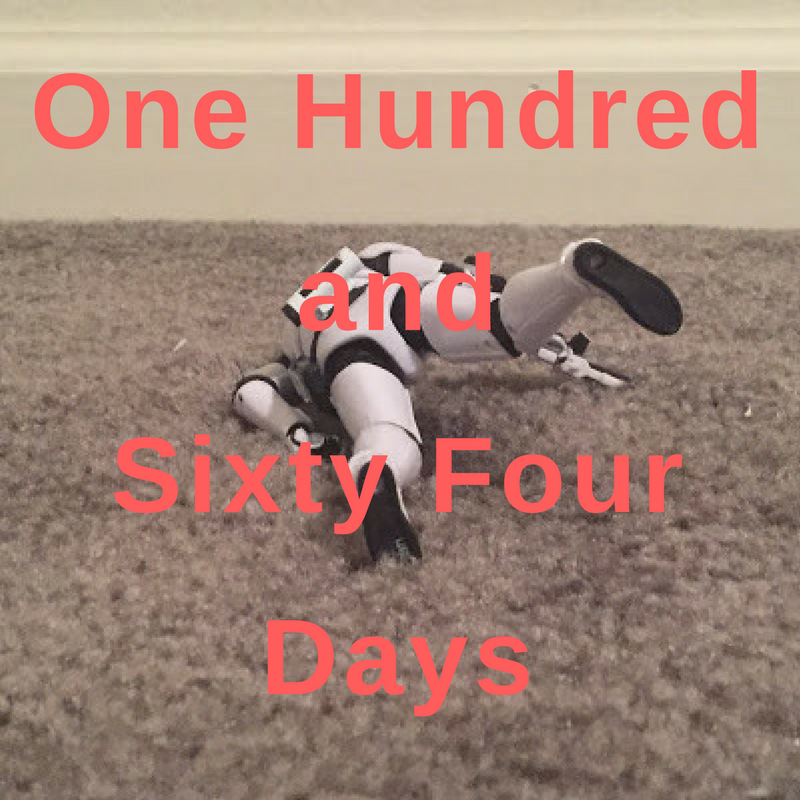card at a time, courtesy of Gatherer's "Random Card" button.
Dwarven Ruins (Fallen Empires, 1994)

Ah, Fallen Empires. Memories!
It really is amazing, in hindsight, that Magic survived as long as it did, because the first few years of the game were defined by a series of garbage decisions on every level - business, creative, gameplay - any one of which would have derailed anything less than a bonafide phenomenon. Fallen Empires was a bad set in many ways but it wasn't bad enough to kill the game. By 1995 they couldn't have killed Magic if they wanted to - and they sure seemed to be trying.
Magic's success during this initial period is also significant because of the game's positive impact on the comics industry. The game first premiered in 1993, during the beginning of the end of the early 1990s boom-and-bust. Right about the time - late Summer of that year, actually - when stores across the country were beginning to realize just how badly they had been screwed by a perfect storm of bad market conditions, this weird little trading card game (there had never been such a thing before, so people didn't even know how to categorize it) with spotty regional distribution started to seep into stores. The first Magic sets were printed in laughably small numbers. No one, least of all the people who made the game, expected what they got: a phenomenon that would in short order create an entirely new category of games. Comic book stores sitting on hundreds of unsold copies of Turok #1 and Adventures of Superman #500 desperately needed something to keep the doors open, and the fact that people were actually buying Magic cards in large amounts - when they could be found at all - was more than enough reason for these stores to embrace the new product. Hundreds of stores across the country closed in this period, but many of the ones whose doors remained opened survived because they started selling Magic cards.
The first few Magic sets were all underprinted. Even after Wizards of the Coast had begun to realize the scale of their success, they still couldn't quite figure out how much product was enough to satisfy demand. From Wikipedia:
Because previous sets were underprinted, often making them unavailable very quickly after they went on sale, more Fallen Empires cards were printed than any previous set. Wizards of the Coast announced the print run of Fallen Empires to be 350-375 million cards compared to 75 million for its predecessor The Dark. Booster packs were thus available until 1998 despite the fact that Wizards stopped shipping cards in January 1995.So how many Magic cards was enough? Somewhere between 75 million and 350-375 million.
This is why, when I first got into the game in 1995, Fallen Empires was everywhere. Along with Homelands and Chronicles, Fallen Empires was ubiquitous, overprinted, and soon discounted heavily by retailers who were trying to make up for lost time by loading up on as many Magic cards as the market could bear. The problem was that, like most of the other early expansion sets, Fallen Empires was weak. Not as weak as Homelands, mind you (still considered by universal consensus to be the worst Magic set ever printed), but weak enough that sales suffered.
I bought a lot of packs of Fallen Empires, though, for the simple reason that it was there. Stores still couldn't keep the core set (Fourth Edition, by then) in stock, but if you had money left over from comics burning a hole in your pocket and wanted to buy Magic cards, well, there were always packs of Fallen Empires on hand. It may not have been Mr. Right, but it was Mr. Right Now, if you know what I mean. When they pop up, it's worth pointing out that you can still to this day get a sealed box of Fallen Empires for around the price of a box of whatever the new product is.
Amazingly, all these weak, underperforming sets did little to lessen the insatiable desire for new Magic product. By 1995 there were other Collectible Card Games on the market, but Magic was still the one to beat. Ice Age was well-received and sold well, even if it was followed in short order by the aforementioned Homelands. As chaotic as the first three years of Magic production was, the market for the game only continued to grow, and those retailers who had embraced the game as a lifeline during a down period for the comic book industry. To this day it's rare to find a comic book store that doesn't at least carry new Magic product, even if they don't go so far as to support tournaments. (The fact that a pack of Magic cards has usually been around the price of a new comic probably helps.)
Anyway, Fallen Empires. It was a weak set in terms of gameplay but as far as flavor went it was actually pretty cool. There was a quite elaborate story behind the set, featuring a war among various factions on the Dominarian continent Sarpadia (I talked a little bit about Dominaria last week). The dwarves were fighting orcs and goblins, which is usually what dwarves do. Interestingly, despite their status as an evergreen fantasy race, dwarves have been largely absent from Magic for many years. Apparently there were various parties in Magic R&D who just didn't like dwarves, which seems weird considering that they're making a card game called Magic: The Gathering.








